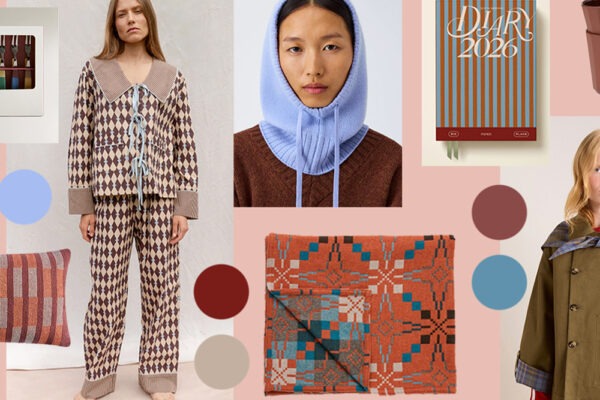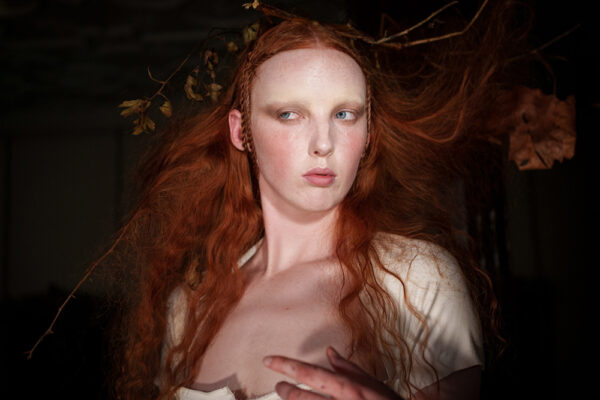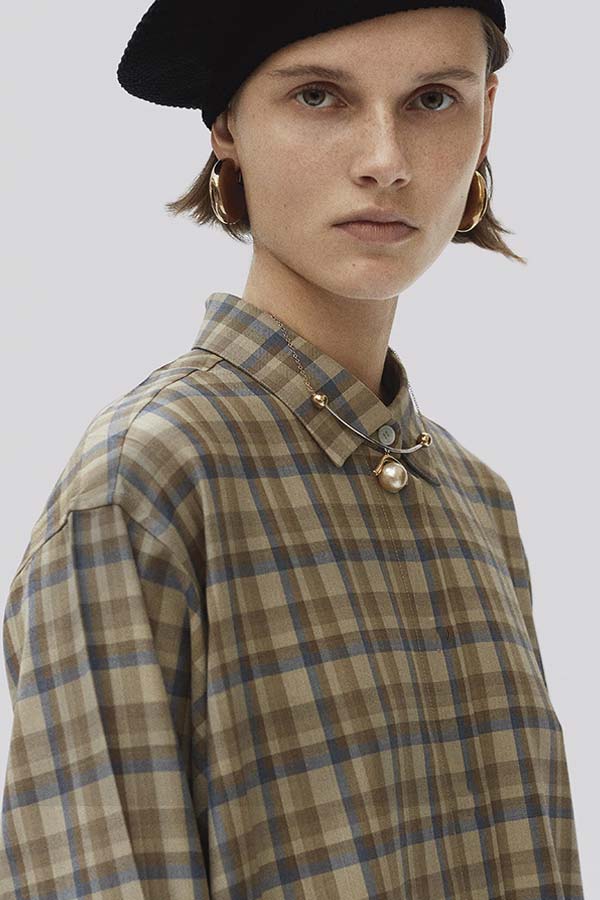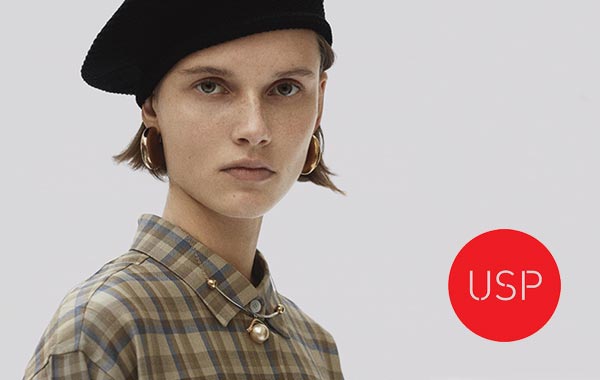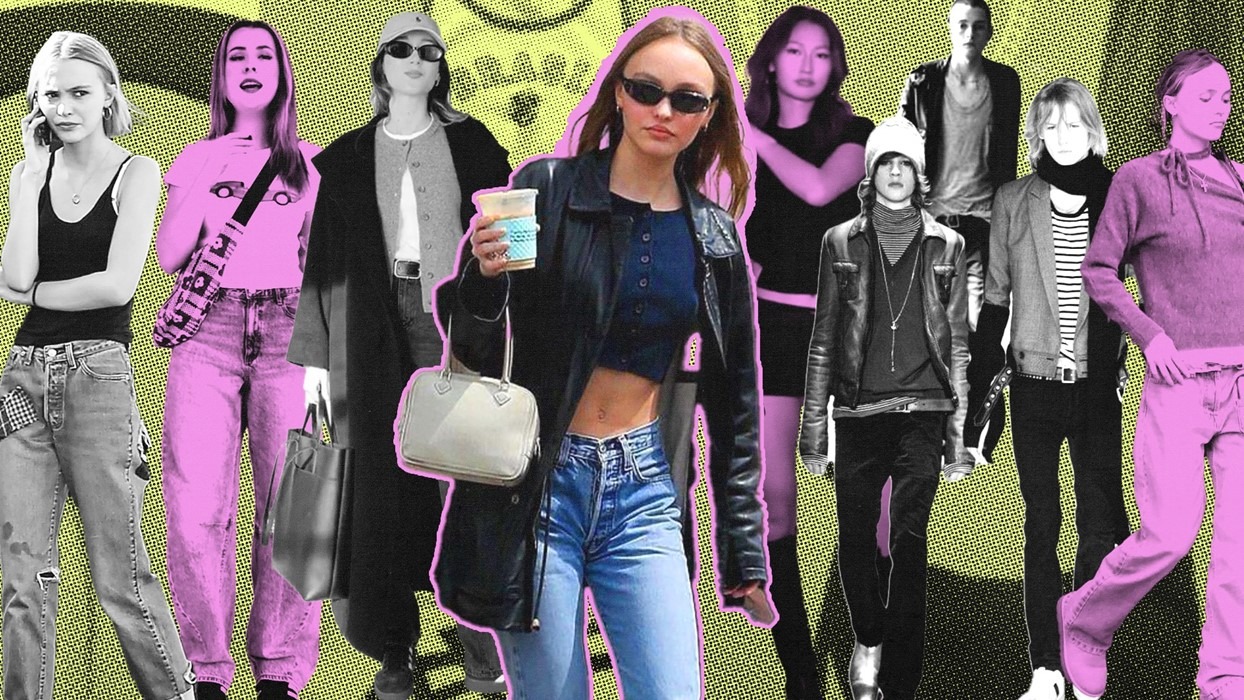
Dazed
Another week another dramatic headline (or clickbait?) Trends are dead, basic is back and personal style is in.
We’ll get our coats then.
Outlander Magazine thinks “Trends served a purpose, but consumers are now buying what they love, not just what others love to see. Quiet Luxury, Mob Wife, BlokeCore are just a few of the micro style trends that had been and gone last year, but it’s not to say it didn’t help the people that participated to find the confidence to dress how they want to without the need to feel a part of a wider “internet fad”.
Internet fads or bigger picture macro trends, our job is to observe and report on the latest ideas, viral moments and cultural zeitgeist, while inspiring brands to create their own individual handwriting. If Coastal Grandma or Clean Girl are TikTok trends, we encourage our subscribers to take elements of them and adapt them then suit their consumer – or not, if they don’t fit with their brand’s DNA.

Trend forecasting isn’t about slavishly following trends and copying them exactly, it’s about helping brands stay in touch with the ideas that are influencing their consumer, giving wider context, encouraging creativity and nurturing individual style for brands and ultimately consumers. But is this truly achievable at a time when most of the content we consume is filtered through an algorithm that determines how information is ranked, selected and recommended to us, thereby influencing our choices and beliefs?
Style trends have become beholden to the algorithm, making fashion less about self-expression and more about following fads. But savvy consumers are becoming more aware of this and are starting to reject this force-feeding of information. They crave surprise, authenticity and their own organic decision making as we reach ‘peak aesthetic’.
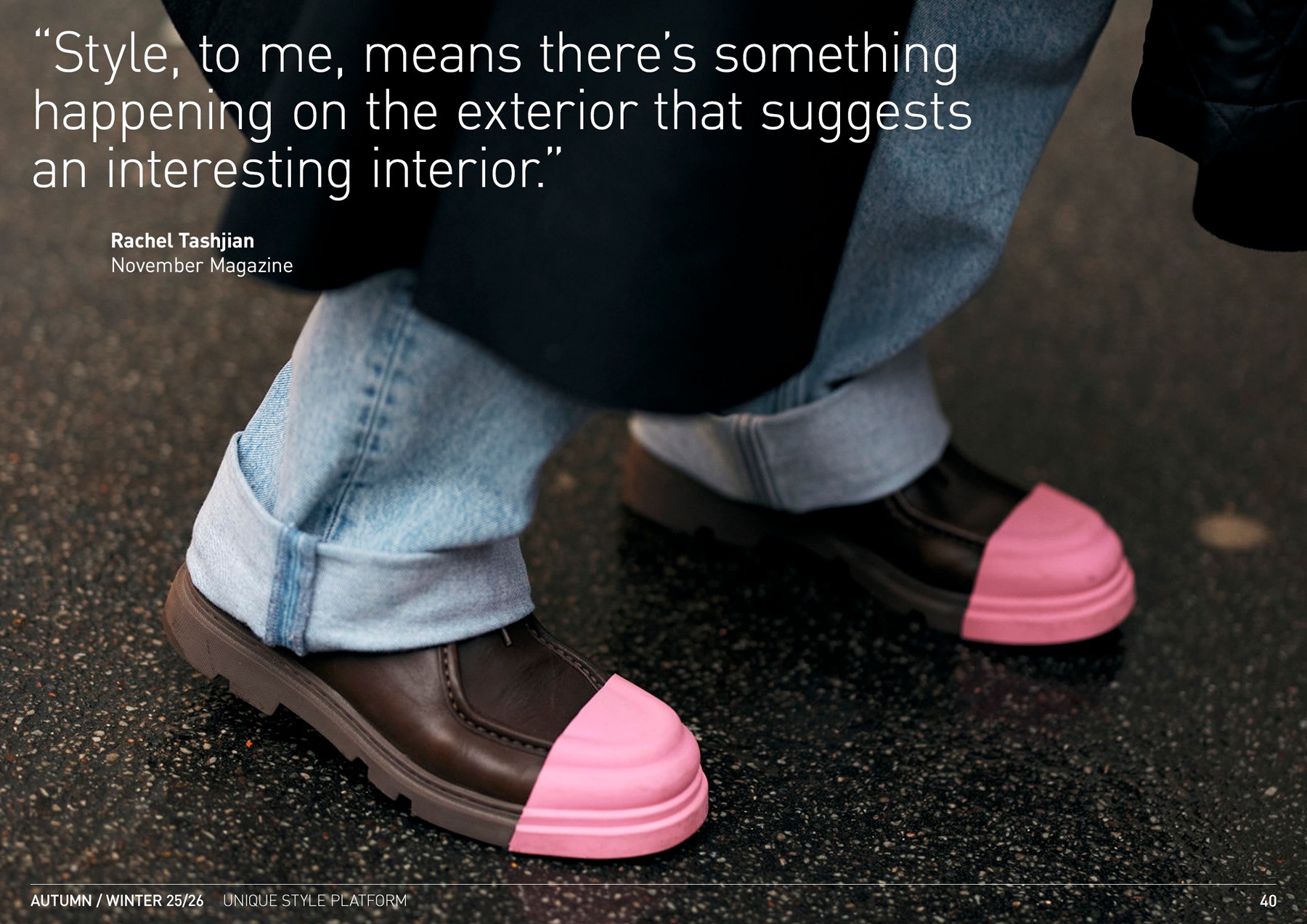
Refinery29 highlighted how the fast turnaround of online trends is creating aesthetic burnout. “Constant sets of rules to fit into can be exhausting, let alone if the rules change as often as new aesthetics pop up. You are not allowing yourself to be you.”
Writer Rebecca Jennings, thinks TikTok has sped up the trend cycle, “creating incentives for users to remix or react to the latest viral video, competing to coin the next new trend and generate attention, before quickly moving onto something else”.
If consumers are tired of the constant fashion revolving door and are questioning what they really like, as opposed to what they are fed by the algorithm, how do brands continue to engage consumers while maintaining a unique perspective and encourage independent thinking?
And is it even cool to be cool any more?
Dazed recently reported how the really cool people are going basic – and not in a normcore way – “Try hard’ outfits or alternative styles are out and embracing one’s inner basic-ness is in”.
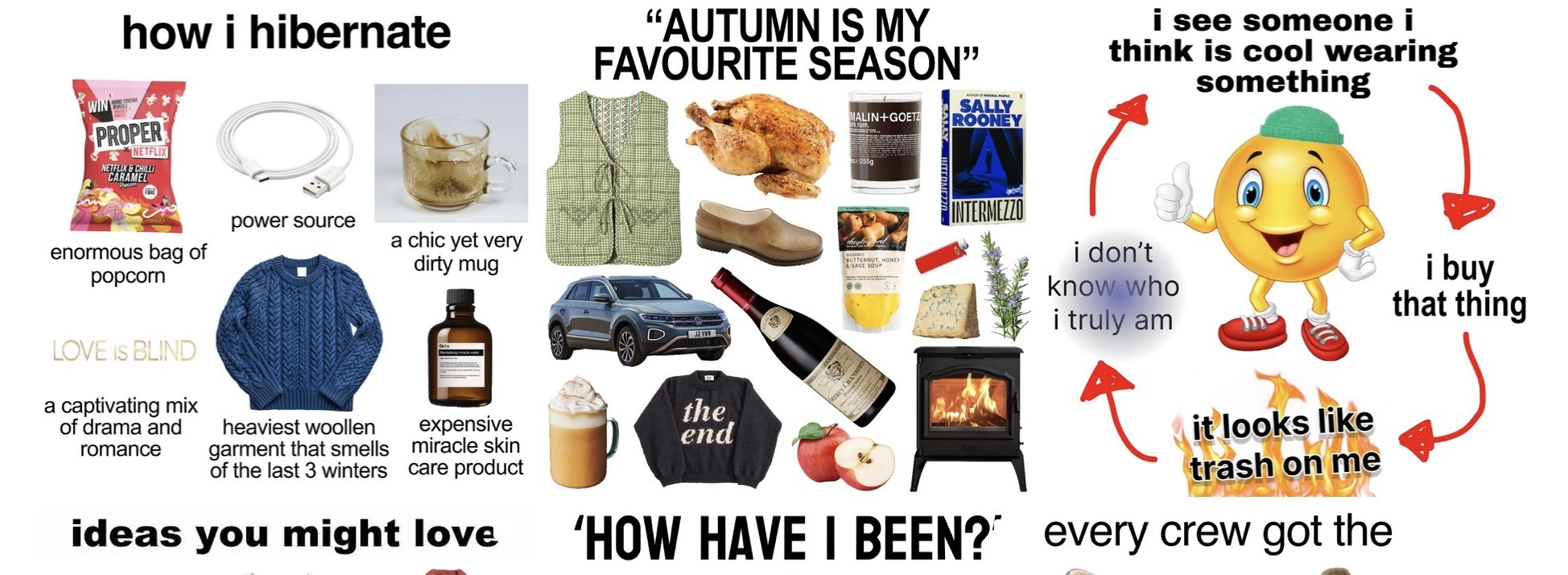
@realhousewivesofclapton

@socks_house)_meeting
Parody Instagram accounts such as @real_housewives_of_clapton and @socks_house_meeting highlight the absurdity of following trends and hipster culture overload in London and beyond. Wandering around Hackney, the slavish desire to follow trends and adopt the latest trend is indeed amusing, and like it or not, I find myself wondering if a headscarf over a baseball cap or a bonnet are a step too far for a woman of my age.
Fashion victim – moi?
Considering a brands personality and heritage, creating a unique design handwriting and finding new ways to connect with audiences that don’t involve the algorithm are key. Slowing down, creating more authentic, meaningful IRL moments such as off-beat collabs and brand activations, along with engaging with tastemakers that have unique, individual style will also resonate with consumers.

Lainy Ozark on YouTube
Encouraging a return to gatekeeping might also be interesting. In a recent interview with The Cut, actress Laura Harrier discussed the need to go back to gatekeeping style secrets, rather than sharing recommendations freely online.
Instead of offering style advice for free, a growing number of content creators are asking their audience to pay a monthly subscription for tips and recommendations. Fashion and beauty subscriptions on Substack were up 80% in 2024 from the year before.
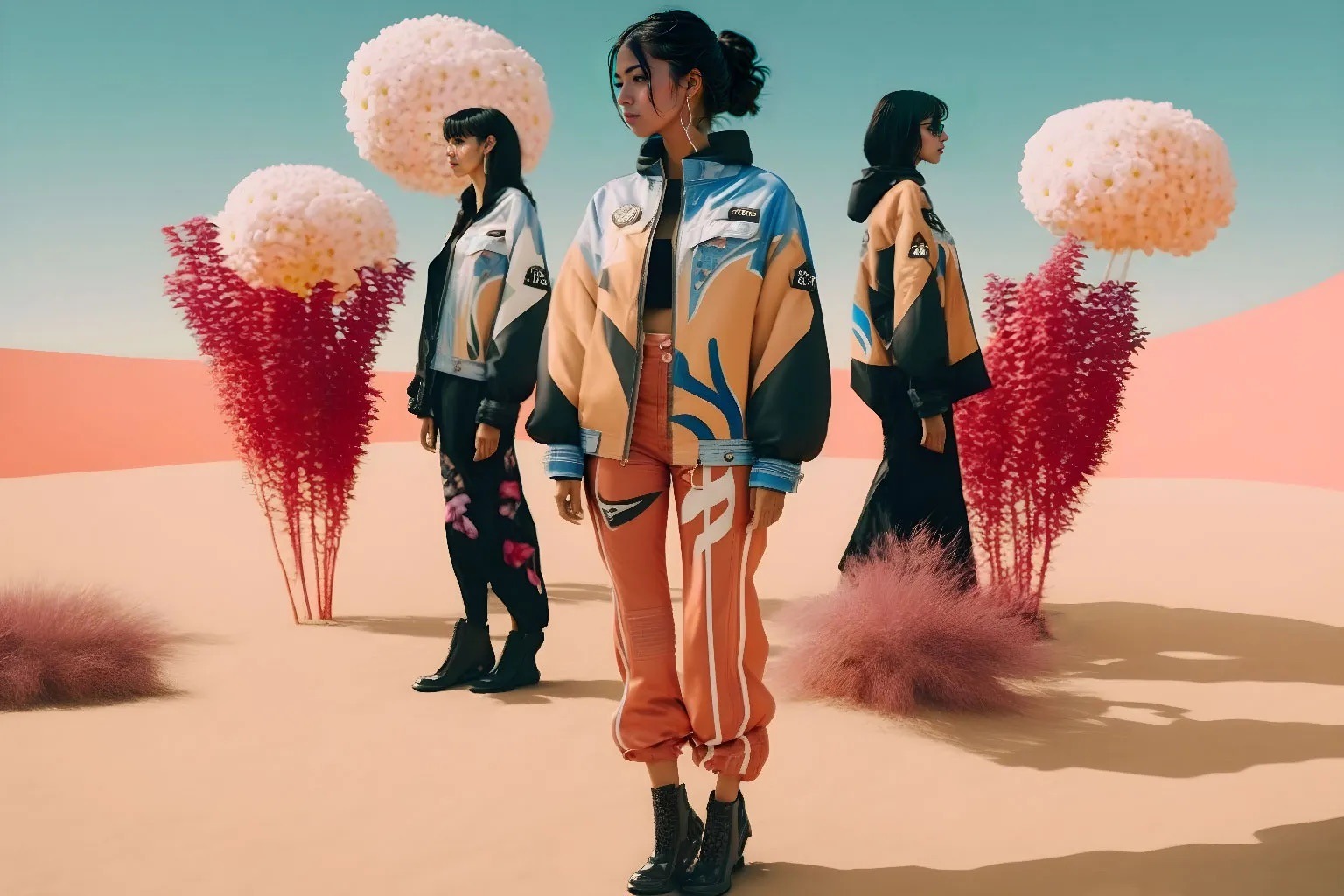
Californian fashion brand Revolve – AI generated fashion
And last but not least, there is the question of AI. All the tech bros and investors are loving AI at the moment aren’t they. They see it as a way to quantify trends, ‘be sure’ about whats coming next, measure success and use data as a way to look to the future.
Obviously as forecasters we are open minded about AI and are very excited to be partnering with AI platform Future Think Now (find out more here), who specialise in tracking colour trends. We are working with them to track past colour trends and look at what’s happening now, in order to take an informed look at the future. It won’t take away from our jobs (and we won’t be attaching stats to every single report we do in order to justify our thoughts) but it will be a really useful tool to use alongside our industry knowledge and instinct – to help build our subscribers confidence, encourage creative thinking and ultimately create unique product propositions.
The constant acceleration of ideas and speed of trends is exhausting and unsustainable, things are constantly evolving and who knows what’s next. I’m certain that creativity, original thinking and personal style are not dying, they are just changing.
How about a social media platform based around anonymity?

